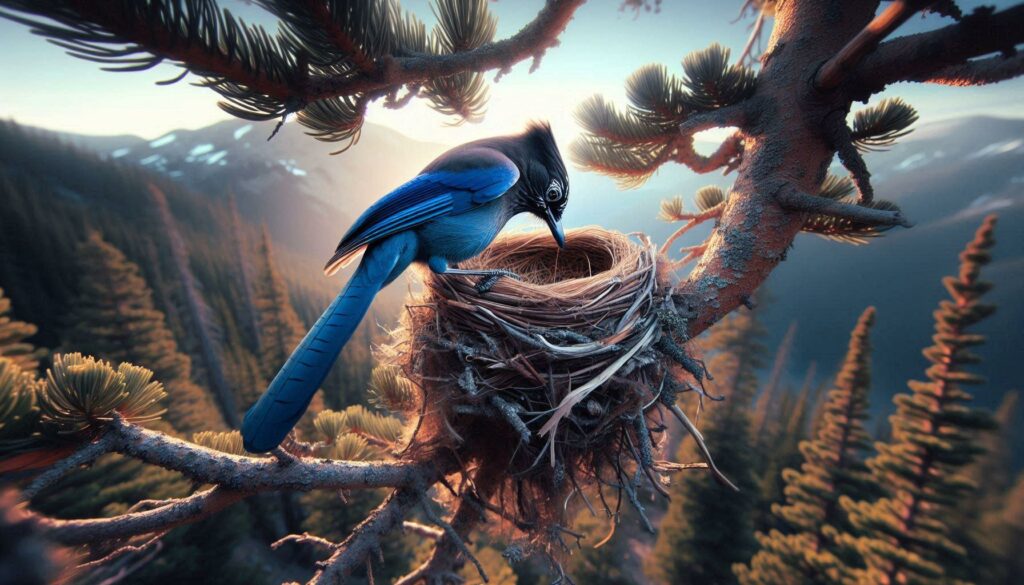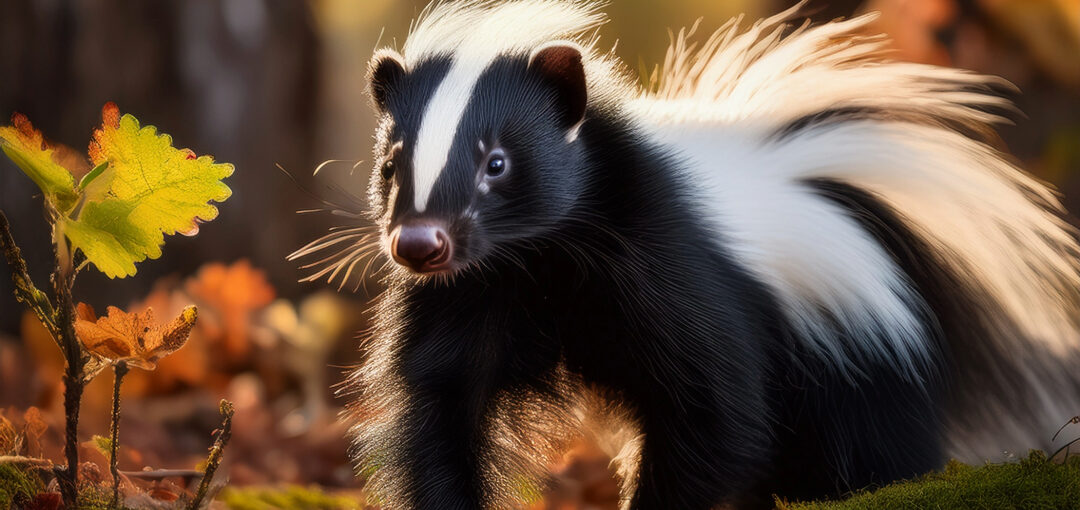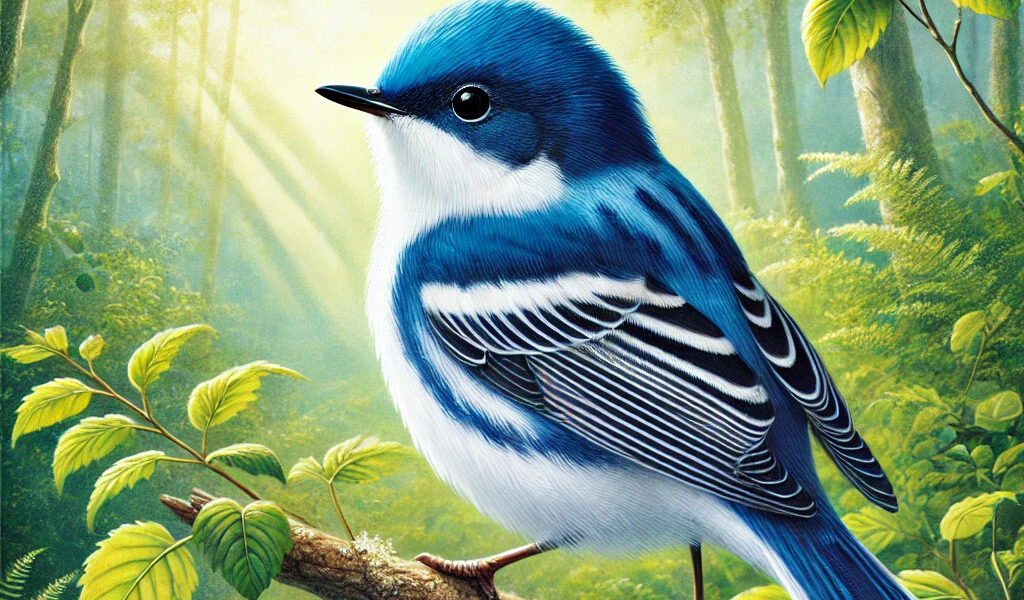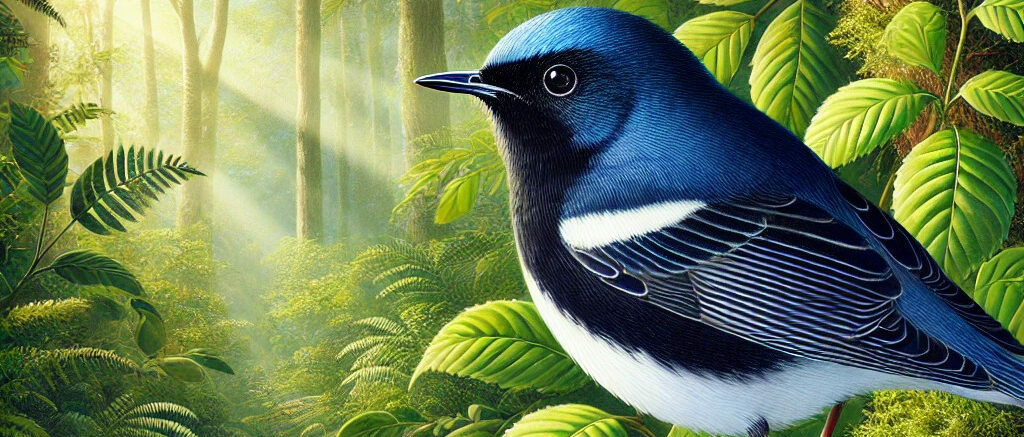Picture a bird with a sharp, inquisitive gaze and a striking mix of blue and black feathers. That’s the Steller’s Jay for you, a member of the Corvid family, sharing the limelight with crows and ravens. It’s not just their looks that make them a standout. These birds are a lively presence in North American forests, famed for their noisy chatter and bold antics.
These feathered wonders hold a special place in birdwatching circles across North America. You’ll find them hanging around from the damp Pacific coastal regions to the mountains of the Southwest. Their adaptability makes them a subject of endless fascination.
Beyond the surface, the Steller’s Jay has a lot to teach us about the natural world. Their curious and sometimes cheeky behavior gives a glimpse into the complex dynamics of forest life. They’re not just for show; they play key roles in seed dispersal and even help keep those pesky pests in check.
So why dive into the world of the Steller’s Jay? Because understanding more about them connects you to the wild spaces just outside your door and, let’s be honest, it’s pretty cool to know why the bird outside your window is squawking up a storm. So, keep that bird guide handy as we explore more about their life and ultimate coolness in our next sections.
Understanding the Habitat of the Steller’s Jay
Steller’s Jays aren’t picky, but they sure know how to pick prime real estate. These birds are connoisseurs of coniferous forests, with towering trees providing the perfect backdrop for their vibrant plumage. But don’t pigeonhole them into just one type of environment. You’ll also spot them in deciduous woodlands and even in bustling urban areas, proving they know how to adapt and thrive.
Their home life is anything but boring. The choice of environment directly influences their behavior. With an appetite for acorns, berries, and small invertebrates, they flourish in regions where these foods are in abundance. Urban areas offer a smorgasbord of food options, thanks to human waste and bird feeders, making cities a modern-day buffet for these clever critters.
I know, I know, you have already seen this banner for my favorite bird feeder company. But, I just cannot get over the quality and the large assortment of bird feeders this company offers! CLICK ON THE PICTURE AND TAKE SOME TIME TO LOOK AROUND THEIR SITE. (For the price they offer and the selection, I really do not think you can find a better place to purchase a feeder for your little birdy friends).
Changes in seasons bring changes in scenery for the Steller’s Jay. While many birds are off on epic migrations, these guys prefer a more localized shift. They’ll often move to lower elevations in the winter if snowfall makes their usual haunts unmanageable. It’s a bit like a bird’s version of a winter getaway, skipping the snowy resort for somewhere more bearable.
Understanding the habitat preferences of Steller’s Jays gives you a leg up in spotting them, whether you’re on a mountain trail or just strolling through your local park. Keep an eye out for blue feathers flitting through the trees, and remember, they’re as likely to be observing you as you are them. So, next time you’re out in the woods, take a moment to appreciate the rich tapestry of life that these birds are a part of.
Steller’s Jay at Home: Nesting and Territorial Behavior

When it comes to creating the perfect family home, Steller’s Jays go all out. These birds are master builders, using twigs, leaves, and even some mud to craft a sturdy nest. They usually opt for evergreen trees but aren’t above choosing a cozy nook in deciduous ones. Nesting high up offers a great view, giving them a head start on spotting any intruders.
Speaking of intruders, these jays are fiercely protective of their territory. Their loud calls aren’t just for show; they’re nature’s version of a ‘keep out’ sign. They’ve got a varied playlist of sounds to warn off rivals and potential threats. From screeches to softer, murmuring calls, their vocal range is as versatile as it is loud.
Social interactions shape the dynamics of their territory. Within their claimed patch, Steller’s Jays engage in social signaling both with family and unwelcome visitors. They’re often seen mimicking the calls of other birds, a clever trick that can deceive both predators and other jays. It’s a clever way to maintain control without always resorting to confrontation.
For folks strolling in jay territory, it’s remarkable to see this level of avian communication and cooperation. It makes watching them not just a spectator sport, but a valuable lesson in bird interplay and the complex social structures that exist in nature. So next time you’re out there, keep an ear open for their conversations—they’re definitely worth listening to.
Conservation and the Role of Humans
Steller’s Jays are pretty adaptable, but that doesn’t mean they’re invincible. Habitat loss due to logging and urban sprawl puts the squeeze on their natural environments. Even though they’re not currently listed as endangered, keeping an eye on their populations is crucial for ensuring they don’t become a conservation concern in the future.
Human activities significantly affect jay habitats, especially when forests are converted into urban areas. Deforestation wipes out nesting sites, while urbanization ironically offers both challenges and new opportunities—like bird feeders, which can become handy food sources. This kind of human impact calls for mindful practices that consider the needs of these local wildlife residents.
Wondering how you can pitch in? Participating in citizen science projects is an awesome way to contribute to preserving their homes. By collecting data on jay sightings and behaviors, you can help researchers track their populations and health. Being mindful of how our actions affect their habitat is another simple yet powerful move. Consider planting native plants that offer shelter and food to not just jays, but other wildlife too.
So whether you’re a nature enthusiast or simply enjoy having these cheeky birds as backyard visitors, there are plenty of ways to get involved in their conservation story. Every little action counts, and by doing your part, you help ensure that generations to come will continue to delight in the lively antics of the Steller’s Jay.






